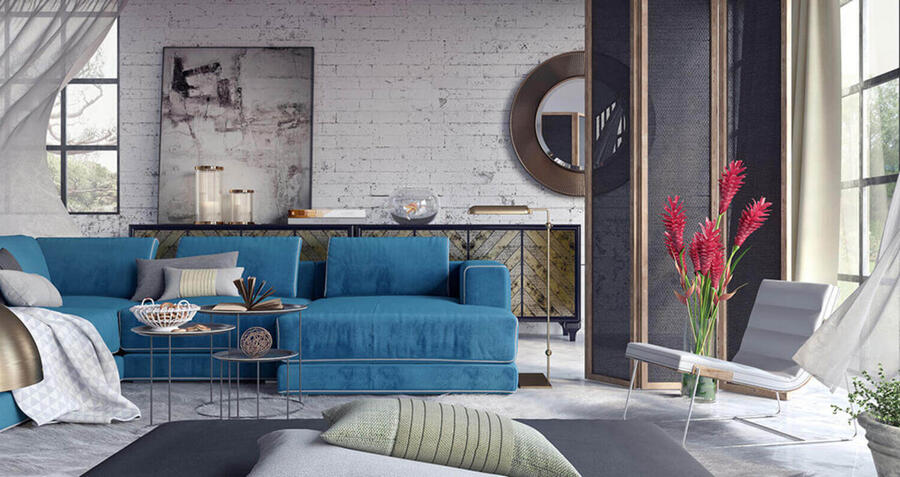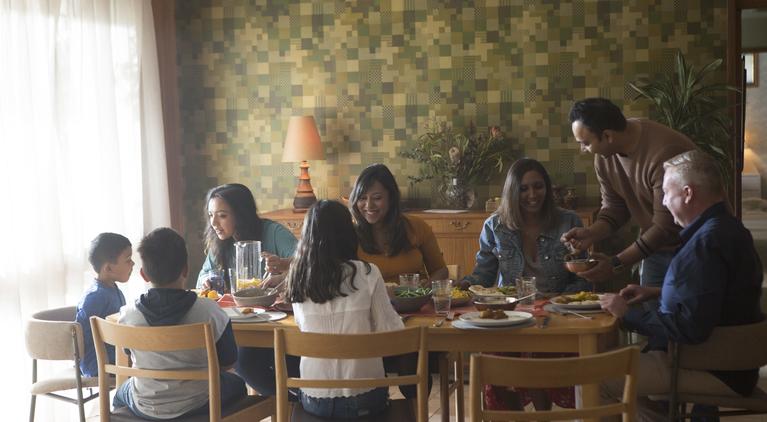When the mid-summer heat hits, many of us reach for the air-conditioning remote and crank it into action. But for residents of Sydney’s award-nominated Common Ground Housing or the Nightingale 1 project in Melbourne, which is under construction, this option isn’t available. It’s not that the air-con is out of order – these developments are designed to use natural ventilation. It’s a feature that some believe could become more and more prevalent in coming years.
For vulnerable people, air conditioning can be a literal lifesaver, which is why air conditioning is still valuable.
“I wouldn’t say that no building should ever have air-conditioning,” says Ken Maher, President of the Australian Institute of Architects and Fellow of Hassell, the design firm who consulted on Common Ground Housing, the design firm that consulted on Common Ground Housing, which aims to provide high-quality, low-cost housing for the homeless. “But I think what we want to do is minimise air-conditioning, especially with energy costs rising like they are.”
That means that for those of us who can minimise, there are some innovative solutions that could see us keeping our cool even as the temperatures rise.
Go with the air flow
Natural ventilation isn’t just a matter of putting an extra window into an apartment, however. In fact, it starts well before the first foundation is laid. “It’s almost a design ethic,” says Maher, who is also president of the Australian Institute of Architects. “You have to have minimising or eliminating air-conditioning as an essential aim to be able to design for it. Then it’s about knowing the way natural environments work and having a sensible design that works with those natural elements.”
In simple terms, natural ventilation uses passive design elements to encourage the flow of air around a building. This is generally done via cross-ventilation – air moving through rooms by pressure difference or convection as temperature differences force hot air to rise and cool air to sink.
“Designing for natural ventilation relies on the fabric and orientation of the building,” Maher says. “If you have huge windows facing west with a lot of heat load, that doesn’t help. And daylight is another consideration – daylight works well with carefully located windows but there’s always a balance between heat load and daylight.”
Get site specific
In the northern areas of Australia, building design is about controlling heat with shade and dealing with humidity. Around the mid-zones of the country, including in Sydney and Perth, the climate is a little more temperate. While in the southern areas, heating is more of an issue.
Maher believes a lot can be achieved through clever design. “You can do things such as bringing air through densely vegetated spaces to reduce the heat load or reduce the temperature via evaporative cooling,” he says. “In the cooler areas, you can design homes so that slabs are heated by the sun, allowing the warm air to rise rather than using energy to pump warm air through houses.”
And while the rising costs of using an air-conditioner are a significant factor behind a potential shift in design and construction, it’s not the only driver of change. “Fresh air is the healthiest air you can have,” says Maher. “So it’s not only more economic from a capital and running costs point of view, it makes the home or workplace healthier and more productive.”




